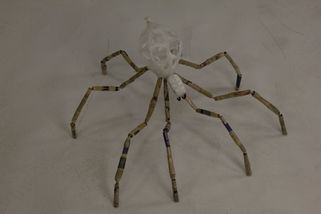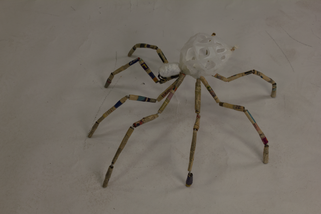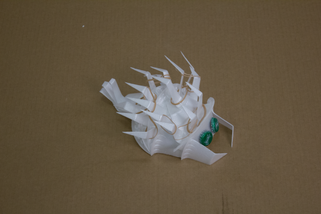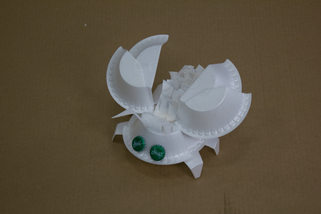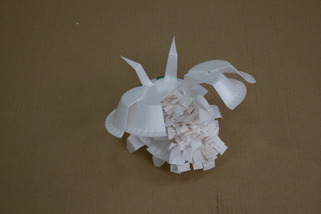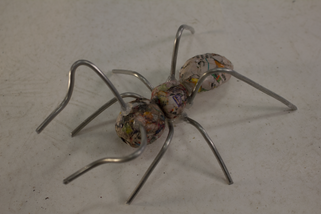top of page

Visual Art + Tech
Stevens Institute of Technology







The world beneath our feet sustains the world above. Countless invertebrates play a vital role in the ecosystem, from decomposition to food supply and even toxin reduction. Unfortunately these important creatures are often treated with disdain.
"Bugs" are far from the invincible pests they are portrayed to be. Right now more than 40% of insect species are in decline, with many facing threat of extinction. If nothing is done,
this number will continue to rise. Only fraction of these "unkillable" creatures can survive the world we are creating.
This page is about them.
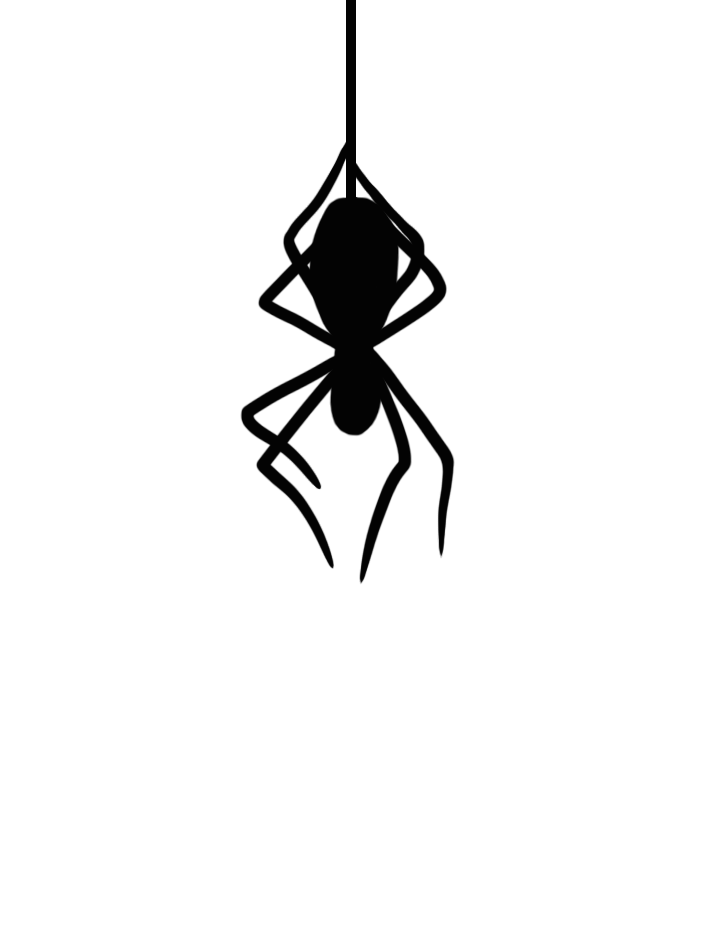

GREGORY KANE
The plastics are apex evolutions. Their versatility has allowed them to populate a variety of environments and assume a variety of larger forms. Their namesake material is durable, yet flexible. Plastinsects tend to be heavy, so most have evolved reinforced platings on their legs derived from ancient newspaper, with the exception of the divergent Strawhead.




BALLOON BUTTS
PLATEBACKS
STRAWHEADS








HARDSHELLS
MACRANTS





The Styroforms occupy a mid-tier position on the food chain, with detrivores, scavengers and even carnivores. Lighter and faster than their plastic cousins, Styros are nevertheless quite fragile, and prefer to avoid the inevitable conflict with sturdier plastics. Styros rarely fight with other Styros, and tend to group up to feed in safety and disguise. They occasionally feed on Pulps.



PULPERS
FEEDERS










Pulps occupy the lowest rung of the garbage food chain, yet one of the most important. Pulps are little more than blobs of ambiguous, primordial material with the occasional wiry appendage. Their generalized digestive systems break down and incorporate a variety of matter, which they use to breed in a mitotic fashion. Some Pulps are more complex, and crawl or even jump to locomote.


SPRAWLERS
CRAWLERS







MICRANTS
BLACKTAILS










bottom of page




